Jack Harlow burst onto the music scene in 2020 with the smash hit “What’s Poppin,'” but a feature with a controversial artist could ultimately signify his transition from one-hit wonder to industry needle mover.
Four years ago, Jackman Harlow was a student at Atherton High School in Louisville, Kentucky.
Known mostly by a very niche group of local fans as Jack Harlow, or simply Mr. Harlow, he would often distribute his music by burning them on CDs and handing them out at school.
From a young age, Harlow knew what he wanted to do with his career. From the time he published his earliest music, Harlow rapped about his dreams and aspirations. Though many of his early lyrics were light and youthful there was always an undertone of confidence.
The summer after his high school graduation, Harlow released his mixtape “18”. The common theme of each song was forging his own path to success by doing uncommon things.
In 18’s final track, “Never Woulda Known,” Harlow raps “I wasn’t made for that 9 to 5, I am not the same as you, I can see a difference between everything you say and do.”
From the way that he dresses to the way that he talks, acts, and spends his life, Harlow clearly values individualism.
A match years in the making
Harlow gained traction with bangers like Sundown, Cody Banks, and Warsaw, but what he lacked was a true hit.
Enter director Cole Bennett.
A 24-year-old Chicago-area native, Bennett is one of the biggest names in music. After starting a blog in 2013 called Lyrical Lemonade, Bennett has turned his brand into a multi-million dollar multimedia conglomerate.
Bennett has directed videos for megastars like Eminem, Wiz Khalifa, Kanye West, and J Cole. However, he established a name for himself and Lyrical Lemonade by collaborating with names like Juice Wrld and Lil Pump, catapulting them into stardom.
While Bennett always wanted to join forces with Harlow, he spoke in the spring of 2020 about the process of finding the right song.
“In the summer of 2018, I wanna say, I saw the Sundown video on Twitter, and I was like, “yo, this is hard,” said Bennett. “I don’t know. It just felt, it was like refreshment, like ‘who is this kid?’ So I went to his Twitter and I DM’d him like, “yo, you’re super hard. I wanna hear more music and stuff.”
So, I went back and listened to more music. I essentially told him we should work on something and he said he wanted to do the video for “Cody Banks”. I liked the song, but, I don’t know it was one of those things where I loved “Sundown” so much that, I don’t know, I just couldn’t see past it. “Cody Banks” ended up being one of my favorite songs, but, in the moment, said for him to keep on sending more music because the song was already out, too, and I wanted to just have our moment together and come out with something fresh.
So, then, moving forward, he’d send me songs every now and then. They were all good. I mean, yeah, he sent me the whole Confetti project, and we were trying to figure out which one makes sense… I loved them all but I couldn’t find the one that was the one. And I knew me and Jack, we just had to have the one.
It was gonna be an important special moment and I knew that what he had, his charisma, and his character, it was too perfect to not pick the absolutely perfect song.
He sent me a pack and “What’s Poppin” was the first song, and I was like ‘yo, this is crazy, this feels right. This is the one I wanna do. But there’s one thing I need you to do.’
He had sent me a song, and it was just a freestyle all the way through. When I say freestyle, there was no hook on it, there was no chorus. So I was like, it’s amazing, but there has to be something that becomes familiar. You have to have a hook that comes back in. It has to have something that’s gonna be catchy. Just take the first eight, put it on the end of the song, make it a hook, and then it’s gonna feel complete, and layered, and packaged. And he’s like “Ah, I don’t know.” And I was like, just do that one thing for me and I’m all-in.”
Though hesitant at first, Harlow took the first verse, added it to the end, and the rest is history.
“What’s Poppin'” became one of the most recognizable hooks in the world. It peaked at No. 2 on the Billboard Hot 100 and finished as 2020’s 5th-most popular song on the US R&B/Hip Hop charts. Additionally, “What’s Poppin'” became part of the regular rotation on ESPN’s SportsCenter and is featured on the video game NBA 2k21.
Harlow’s first viral moment
Though the partnership with Bennett sent “What’s Poppin'” over the top, the song itself stands out as some of Harlow’s best work.
A piano riff accompanied by a no-frills hip-hop trap beat; The bread and butter of producers Pooh Beatz and JetsonMade. It’s not overdone, but just catchy enough for Harlow to flow over, and sticky enough to endure more than a year on the Billboard Top 100.
“What’s Poppin'” is chalked with cute one-liners that made it a Tik-Tok mainstay. “I can put a ball in the endzone, put a bad bitch in the friend zone,” Harlow boasts. The memorable lines pile up from reminiscing to eating Fettucine at Louisville’s Vincenzo’s to comparing an attractive companion to Shego of Kim Possible fame.
There’s a bounciness to the opening verse that draws you in, and you’ll find thousands of teeny bopper Tik-Tokers showcasing their interpretations of the brash anthem. Harlow flexes that he is feeling himself while “spendin’ money in the club like SAM’S.” However, there are hints of more veteran writing prowess with lines like “hangin’ round us and she learnin’ my lingo / back then, wasn’t worried about me though / in the gym tryna work on my free throw.”
Just when you think the song is a cluster of impressive one-liners, Harlow cuts deeper than you’d expect. As he switches the flow up, he gravitates toward explaining the pressures of maintaining a semblance of humility and work-life balance. This particular verse shows his versatility as he stretches the flow.
“This where my head is
I feel resentment from every direction
Even some homies be wearing expressions
I be discouraged from sharing my blessings
We used to share a connection
Now it just feels like it’s wearing and stretching
I’m getting real sick of taking advice
From people that never could stare at reflections
Somewhere in there is a lesson
Y’all ain’t evolvin’, it’s very depressing”
The cadence of this middle section of the song accompanied by the maturity and introspection of the lyrics ties the song together nicely, showcasing Harlow’s talent as a writer. Just as Harlow lulls you into a comfort zone, he fires off an AAAA rhyme scheme for 16 consecutive lines. This becomes the meat and potatoes of the song. After bragging about his abilities as an artist, in his romantic life, and financially, he goes right on the offense to showcase his skillset- An underrated aspect of the song as a whole.
As Bennett says, however, the song would be incomplete without a hook. The final eight puts a bow on an otherwise chorus-less song, and Harlow rides out seamlessly.
The album that signaled growth
“What’s Poppin'” as well as singles “Way Out” and “Tyler Herro” are featured on Harlow’s debut Album That’s What They All Say. Throughout the record, which features appearances from Chris Brown, Big Sean, Bryson Tiller, and Est Gee, Harlow builds on his ever-maturing sound that drew hoards of fans to his aforementioned singles. While some of his earlier tracks like “Wasted Youth” and “Sundown” feel more like teen party anthems, TWTAS is more polished and complete.
Flip on a track like “Cody Banks,” a single from 2018 EP Loose, and you’ll hear an ostentatious teenage Harlow setting the tone with his flow and storytelling. Still, his early music lacked the polish and production value of a hit. Juxtapose 2018 Harlow with the Harlow flowing on “Creme” from his debut album. The storytelling is compelling. His words are brash, but the delivery is smooth. Harlow’s bread and butter is still sticky lines like “what’s a nine to a dime piece / what’s a headache to a youngin tryna find peace.” However, his music feels less and less forced, showcasing an artist finding his identity and his place in the music world.
A career move
In rap and hip-hop culture, Harlow is known as a rising star. However, outside of avid followers, he will still be considered a one-hit-wonder.
Record labels are able to manufacture careers by following the same script that made artists from Luke Bryan to Maroon 5 to Olivia Rodrigo chart-topping megastars.
However, the vast majority of modern artists- particularly in the rap genre- who have summited the charts and proved their staying power have always been forced to forge their own path.
Harlow is becoming known as hip-hop’s guy next door. He takes music seriously, but he doesn’t take himself too seriously- a fine line to draw in an industry that picks people apart like vultures and a culture that is less accepting than the progressive times.
However, whether or not he is here to stay will be largely dependent on his propensity to show versatility in his music. “What’s Poppin'” became a smash hit because of its sticky beat and Harlow’s effortless flow. To attempt to recreate that same feeling in another single would feel forced and uncomfortable. To give the world anything less than another earworm would feel like a flop.
Perhaps the decision to join forces with the king of earworms and master of social media popularity- Lil’ Nas X- was the calculated move that Harlow needed to catapult himself into enduring stardom.
Harlow has aced the pop culture rounds. From appearances in celebrity All-Star games to popular YouTube shows like NPR’s Tiny Desk and First We Feast’s Hot Ones, to his current residency in Las Vegas. The rise to stardom has been kind to Harlow and his endearing nature feels genuine enough to connect with international audiences throughout his career.
Understanding Lil Nas X
The move to be on a track with Lil’ Nas X, however, is a risky one.
To know the back story of Lil’ Nas is to appreciate the risk that Harlow is taking.
Lil’ Nas became a social media savant in 2019 when his hit Old Town Road broke the charts. His collaboration with former Honkey Tonk idol Billy Ray Cyrus became the longest-lasting No. 1 song in the history of the Billboard Hot 100.
Old Town Road was followed up with smash singles “Panini,” “Rodeo,” and “Holiday.” But at the peak of his stardom, with the most-streamed song of all time getting play from country line dance bars to bar mitzvahs to elementary schools, Lil Nas X came out as gay.
As the world becomes more accepting of all cultures and beliefs, Lil Nas’ primary audiences in the hip-hop, rap, and country genres attract some of the more controversial artists and fans.
Country music culture, while ever-changing, is still primarily a white, conservative audience. Lil Nas X featured a predominantly country-western sound in “Rodeo,” and “Old Town Road”. “Old Town Road” rose up the Billboard 100 Hot Country chart but was removed in the spring of 2019. Billboard cited that Old Town Road “(did not) embrace enough elements of today’s country music.” Meanwhile, artists like Florida Georgia Line, Sam Hunt, Bebe Rexha, and more continue to feature hip hop elements like trap drums and pulsing beats, replacing most traditional country elements altogether.
Lil Nas is still primarily a hip-hop and rap artist, genres that still battle with the acceptance of homosexuality. Artists like Eminem, Migos, 50 Cent, and more have used homophobic slurs or suggested they disagree with gay lifestyle and culture.
Additionally, unlike most popular artists today, Lil Nas rose to stardom with little-to-no features- particularly since coming out in 2019.
A series of controversies
In March, Lil Nas released “Montero (Call Me By Your Name),” which rose to the top of the Billboard Hot 100 charts. The accompanying video, which featured Lil Nas in various historical and biblical scenes represented the repression of his queerness during his upbringing. At the end of the video, he gives a Satanic character a lapdance before killing him and donning his horns.
The video also sparked a controversy that led to Nike filing a restraining order not allowing him to sell a satanic shoe collaboration that featured a Nike logo.
Lil Nas’ next move was a song a video that responded to the madness of the last year. That’s where his story intersects with Harlow’s.
Harlow and Lil Nas collaborated on “Industry Baby,” undoubtedly Lil Nas’ most controversial song yet.
Surpassing expectations
The song itself is easily Lil Nas’ best and most complete work. Featuring heavy horn and trap hip hop elements, he put out a summer jam and a consummate stadium anthem all in one. From beginning to end, it feels like an insult to call it another Lil Nas earworm.
Harlow’s verse feels more complete and packaged than just a feature. After Lil Nas spends two verses dancing on the graves of those who tried to hold him back, Harlow airs his own grievances. The line “I don’t clear up rumors/ where’s yall’s sense of humor” seems to correspond with Lil Nas’ message.
“Industry Baby” is easily Lil’ Nas’ best song to date and Harlow’s verse feels like an integral part of the song, not just a feature. While both “Old Town Road” and “What’s Poppin'” could be written off as viral Tik-Tok sensations, “Industry Baby” is a home run regardless of its mainstream success.
Moreover, Harlow’s decision to join forces with Lil Nas for the music video was a decision that didn’t come without risk.
The video, which garnered over 34 million views in three days, is far more risque than the “Montero” video. The video is set in “Montero State Prison” where pink-clad inmates dance on Lil Nas, hold his pockets to demonstrate his superiority, and dance fully nude in the showers.
Harlow, the first musician to be featured on a song or in a video since Lil Nas’ coming out says he is proud to participate in the video.
“Nas wrote the whole treatment for this video and I followed his lead every step of the way,” Harlow Tweeted shortly after its release. “If he had asked me to be in that shower scene I woulda been in that shower scene. I just let the mastermind cook. Honored to be a part of it.”
The reaction on social media to the video was enough to understand why many have steered clear from Lil Nas despite his chart-topping prowess.
“So nudity on tv is ok when it’s for LGBTQ? Love the double standard and hypocrisy of all this,” commented one Twitter user. Others called the video “stupid” and “immoral.”
In order to advance in one’s career, risks have to be taken. For Harlow, joining what will be his first No. 1 song and eventually, his most-streamed song seems like a risk that is more than worth taking.
It also feels like a move of genuine sincerity. While other rappers insist on the machismo, sexism, and degradation of femininity that has been a part of rap and hip-hop for decades, Harlow seems to be moving in a different direction.
Looking back on Harlow’s career years from now, a feature may wind up being the decision that signified his staying power in the music world.

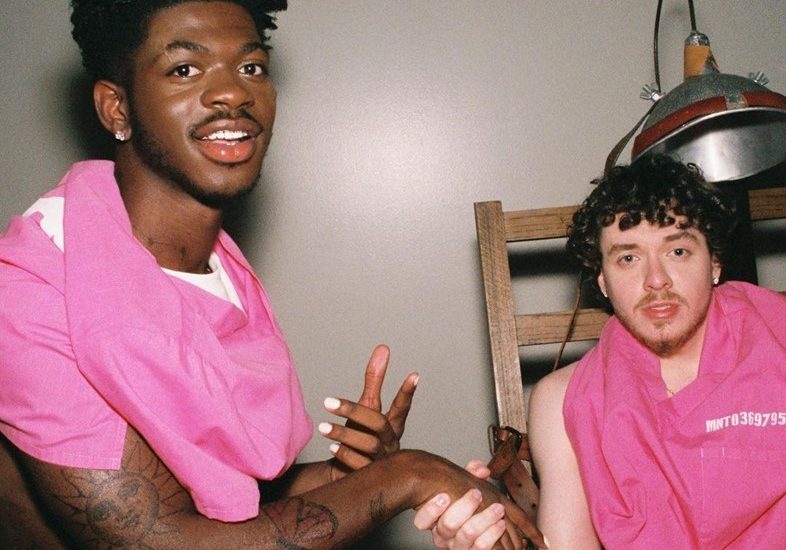
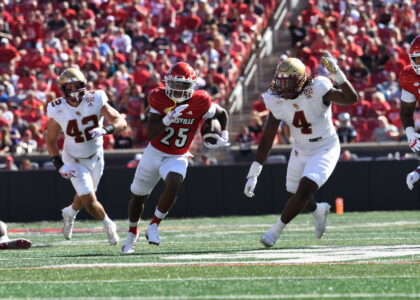
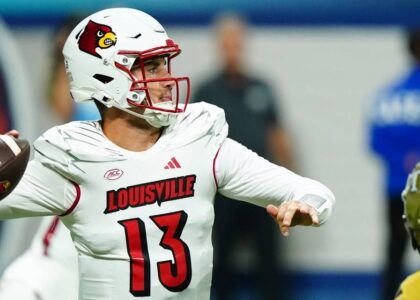
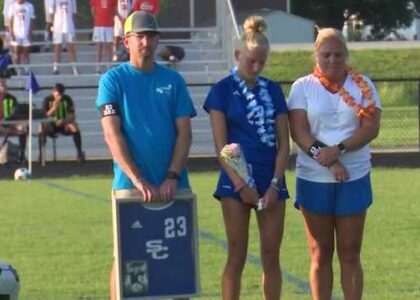
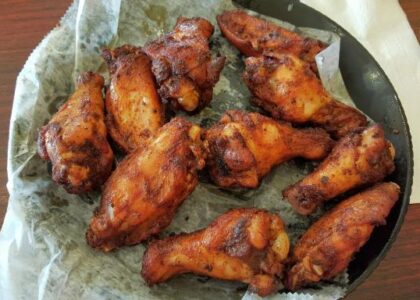
A factual correction. Harlow is not the first featured artist in a Lil Nas X music video or song after Lil Nas X came out. The clearest earlier example is Nas. Nas featured on Lil Nas X’s “Rodeo” music video released in early 2020, many months after Lil Nas X came out. DaBaby and BTS are possibilities since their remixes with Lil Nas X were released after he came out, but they might have been recorded prior.